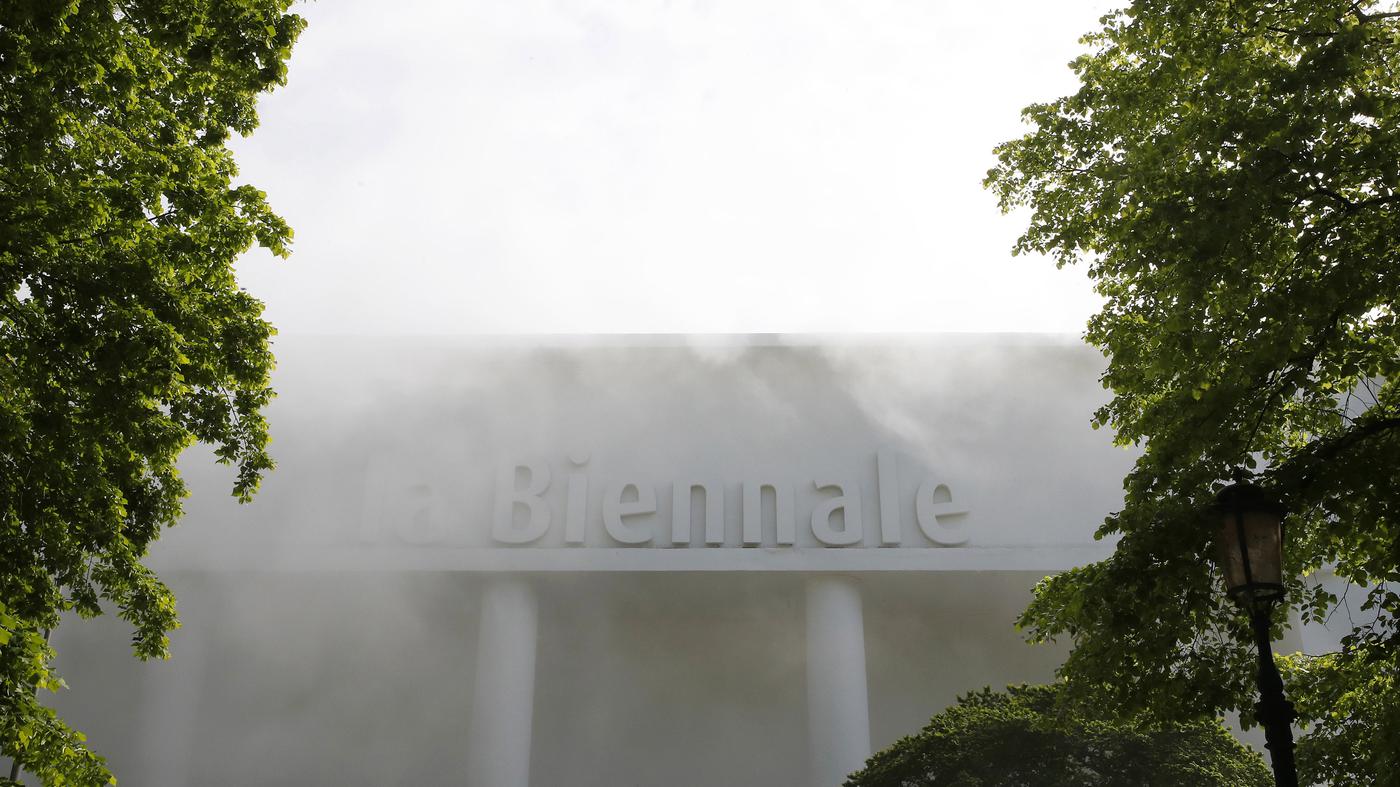The makers of the Israeli pavilion have now forestalled potentially dramatic protests in the Giardini: On the day of the press preview of the 60th Venice Biennale, the Israeli artist Ruth Patir announced that her exhibition would remain closed until an agreement on a ceasefire in Gaza and the release of the Israeli hostages had been achieved.
In doing so, she brought about what protesters had previously called for in vain. Since February, the Art Not Genocide Alliance had called for the exclusion of the Israeli pavilion from the Biennale management in an open letter, but this had been refused. Signatories include photographer and activist Nan Goldin as well as 14 artists representing their countries at the Biennale this year, including those from Chile, Finland and Nigeria.
The Israeli government was not informed
Visitors to the Biennale can now only expect a sign at the Israeli pavilion with the English inscription: “The artists and curators of the Israeli pavilion will open the exhibition when cease-fire and hostage release agreement is reached”. You can also catch a glimpse of a two-and-a-half-minute film through the glass front, which gives an impression of Ruth Patir’s world of themes. In it, computer-animated ancient fertility figures come to life.
The issue of fertility and the corresponding pressure on women has concerned Ruth Patir ever since she was diagnosed with possible childlessness. The artist, little known outside her country, was appointed by an art commission appointed by the Ministry of Culture a month before the Hamas attacks. Her exhibition was to be entitled “(M)otherland”, although the term “a fertility pavilion” was originally discussed.
The artist herself, who takes a critical stance towards her country’s government, had not yet commented on the protests against the Israeli pavilion and was concentrating on preparing her exhibition. Her current move is all the more surprising, but the situation in Gaza is “so much bigger than me,” as she told the New York Times, that only closing the pavilion seemed logical to her.
This decision, made together with the curator Mira Lapidot, is likely to provoke criticism from Israel because the government, which half finances the pavilion, was not informed about it beforehand. With her action, the artist has initially averted a scandal at the Israeli pavilion in Venice and at the same time may have provoked another scandal in her home country. Protests against the Israeli attacks in Gaza can still be expected at the Biennale.
